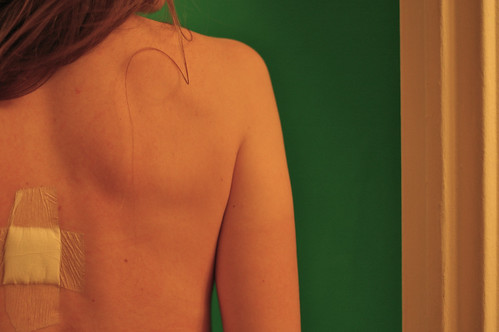
The Melanoma Symptom Guideline
Melanoma is a type of skin cancer that can be fatal. It is one of the rare types but because it can spread it is the most dangerous. This cancer occurs more often in Caucasian males--especially those who live in an area where there is lots of sun. When trying to determine if you have a melanoma symptom, a good guide to use is the ABCD chart. This shows a person to look for an asymmetrical skin lesion, with a border that is irregular in appearance and more than one color. They should normally have just one color. If the diameter of the mole is more than five millimeters this is also a potential cancer since more often the larger the mole is the more likely that it might be a melanoma. Sometimes an E is included in the list. This stands for elevation; meaning that the mole is raised.
To avoid a melanoma symptom being missed, it is suggested that a person asks their health care provider to include a skin examination as part of their yearly check-up. It is also suggested that people learn to do a self examination a couple of times yearly to ensure that nothing gets missed. If something is noticed a visit to the health care provider is the next step. If the physician is concerned they may then send you to a dermatologist to continue the investigation. This would be the next step because a dermatologist is a doctor who concentrates on skin conditions. This doctor will examine the area and determine if it is skin cancer and if so if it is one of the easily treatable ones or the more worrisome melanoma.
When attempting to make a competent diagnosis of a melanoma symptom, the next step would be a biopsy. It is the only conclusive way to ensure the diagnosis is correct. The physician will take a small sample of the spot and have the sample checked for cancer cells. This is a simple procedure and can be done in the doctor’s office with nothing more than a local anesthesia. Once the results come back the health care provider will determine the next step. If the spot is not a melanoma then it can be removed with no worries. If it is it must still be removed but follow-up treatment could be required.

No comments:
Post a Comment